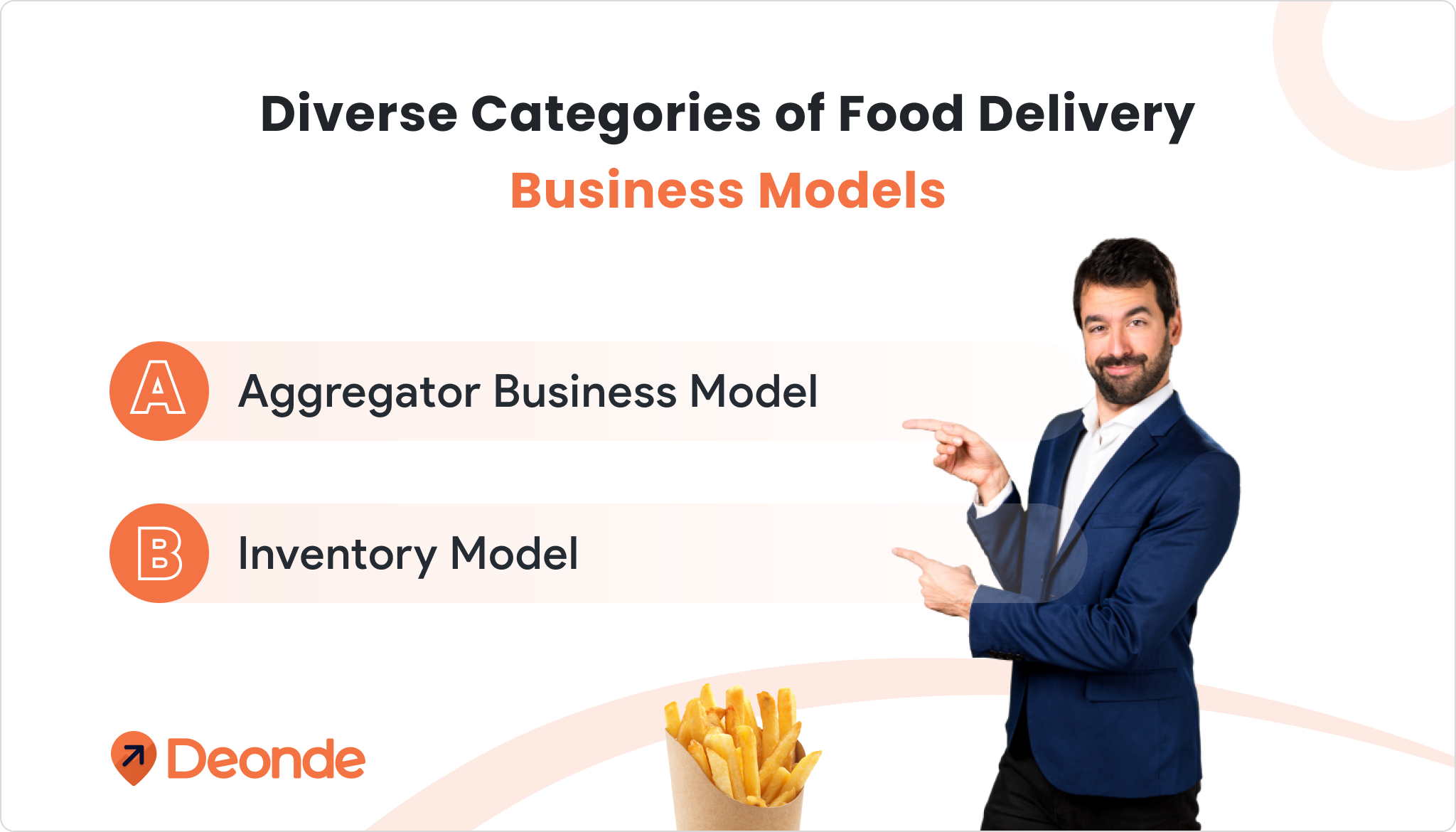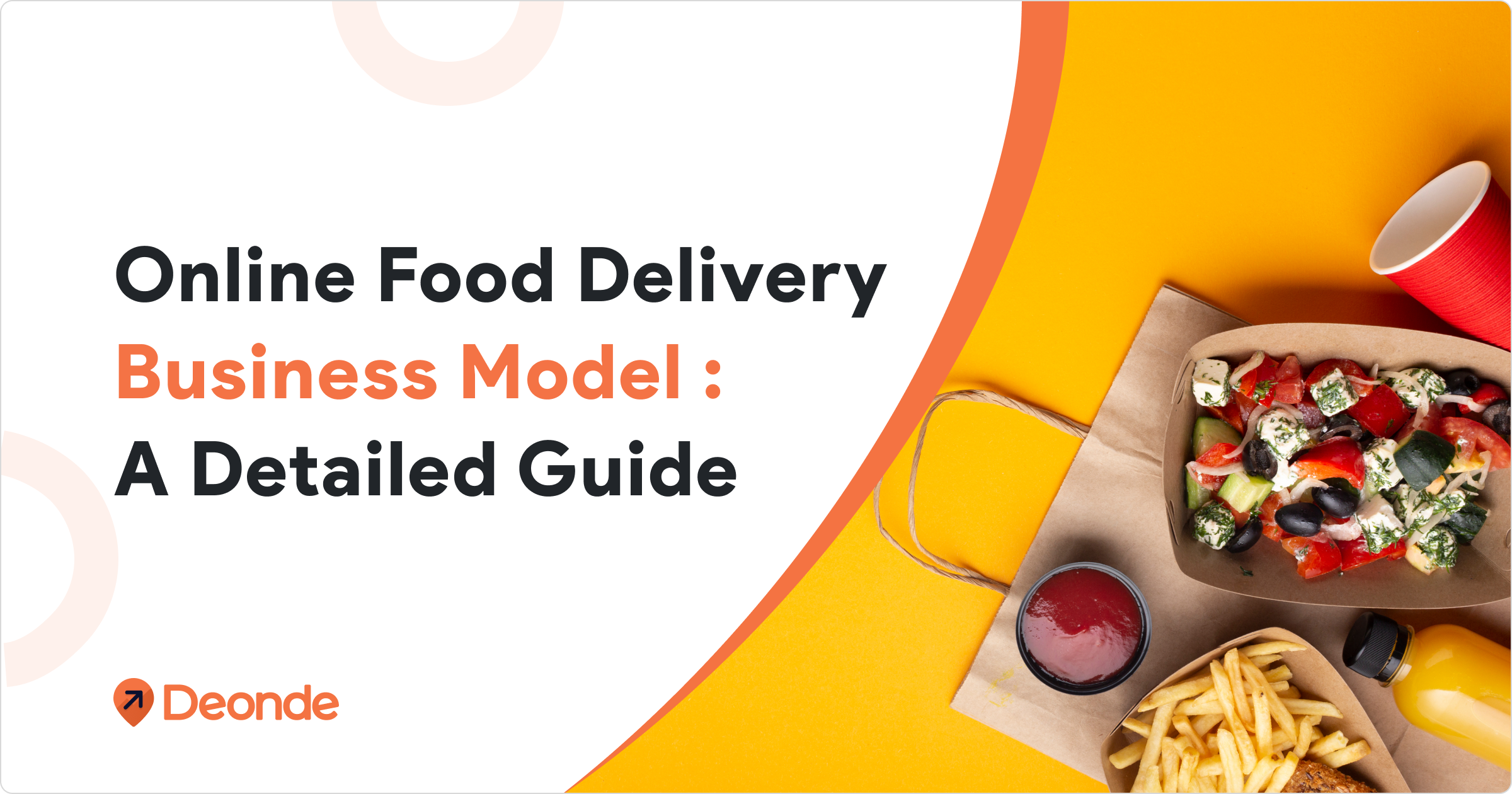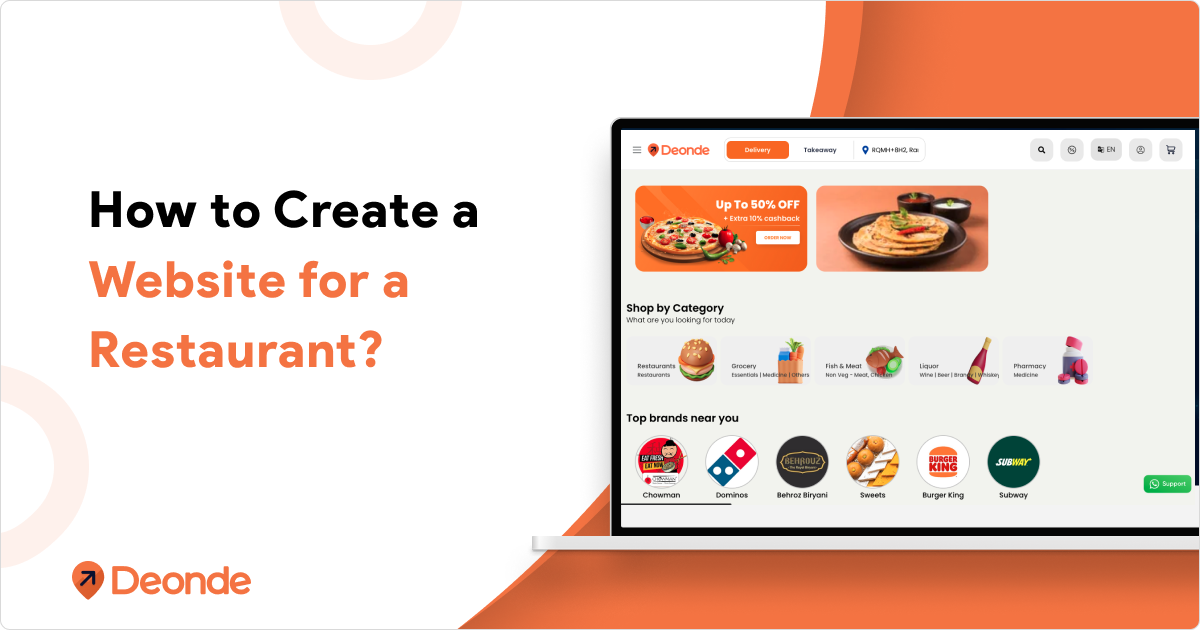Fast, efficient meal ordering and online food delivery services have been in high demand since the global pandemic. Startup entrepreneurs and enterprise companies have and must further capitalize on the modern-day food delivery business model.
As customers want on-the-go meals in minutes, the food delivery business model is the most promising venture. Since most people order meals online, whether they reside in various cities, work late, or are spread out, it is a great time to start a food delivery service and make business profits.
The revenue in the Online Food Delivery Marketplace is projected to reach US$ 1.02tn by the end of the year 2023.
It is further projected to exhibit a compound annual growth rate (CAGR 2023-2027) of 12.78 percent, leading to an expected market volume of around US$ 1.65tn by the year 2027.
However, customers will only accept your business model once you offer high-quality food at a fair price and enable timely meal delivery to satisfy their hunger and build trust in your on-demand services. Pulling this off needs a tight Food Delivery Business Plan and cutting-edge tech gear.
Starting an Online Meal Delivery Service

Commencing an online meal delivery service has its own benefits and business challenges. This thorough guide covers everything from creating a food delivery business strategy to setting up your digital delivery network.
This comprehensive guide also explores the overall turnaround times, strategies, and tactics to draw more customers to your online food delivery business. Those planning or starting a meal delivery business should definitely read this blog post.
How a subscription-based food delivery business is the latest trend in India?
Diverse Categories of Food Delivery Business Models
In the food delivery industry, having a user-friendly mobile app, dependable delivery services, and happy clients are all expected. However, the business model you select will act as the basis for how your firm will function and earn income daily. There are three distinct food delivery options available today.
However, keep in mind that the vast majority of online meal delivery services use the marketplace business model. In this article, we will examine the various business plans for meal delivery services. It is important to weigh the benefits and drawbacks of each option as a beginning food delivery app business model.

A. Aggregator Business Model
The one that aggregates, as the name implies. Thus, under this paradigm, customers can view restaurant menus and order from the one they like. They may order food and usually have the app delivered. So, it is a customer-restaurant communication relationship.
This aggregator mediates between clients and local restaurants; therefore, you could call it a mediator. A web page or smartphone app gives you access to several cuisines. Order support is an aggregator’s main role. How does the food delivery app work?
After enrolling into an app or website, users may compare pricing, menus, ratings, and reviews and place orders. After the consumer confirms, the aggregator sends the order to the restaurant. This is one of the most popular food delivery services.
Then, the eatery delivers. Aggregators receive a predetermined fee for orders placed through their service. Usually, participating eateries pay this fee without charging consumers. The US-based large players Delivery Hero, FoodPanda, Grubhub, and UberEats have achieved global success in this field and offer their services worldwide.
Interested in Creating a Clone for a Food Delivery App? Explore this:
1. Order and Delivery Model:
New restaurant markets are emerging with the primary goal of increasing the number of orders and requests made to restaurants by linking them with a network of independent couriers or delivery applications.
The menu of a restaurant is uploaded to the app or online interface where orders are placed. To cover the cost of the online food delivery business commission, some restaurants add a markup to the pricing of the goods on the menu. The clients are also paid a set price for every restaurant where you place an order. The order is routed to the distribution center that is most conveniently located for the customer to pick it up.
When a delivery partner is working, they must use a special phone app that can always monitor their whereabouts. The distribution center evaluates orders it receives and chooses whether to fulfill them. Whoever claims the position first gets it. If no one volunteers, it will be transferred to other delivery hubs, which may be farther away or refused.
With each shipment, they gain valuable information to continually enhance their technological advantage by determining the most efficient routes and most effective pick-up and delivery schedules. Businesses based on this model have employees whose job is to transport prepared meals from the kitchen to the various pick-up points.
The Key Benefits of the Order and Delivery Model
The restaurants and delivery guys’ ability to provide a positive user experience is crucial to the success of this food delivery business model canvas. The restaurants might be charged a flat commission rate for each order, and the consumers can be charged a delivery fee if the order total is low or the delivery address is far away.
Training delivery boys allows you to provide your consumers with both a flexible and rapid delivery option. This will enable you to achieve higher ratings for your food delivery business. Here, all you have to do is keep an eye on what’s happening concerning your company and fix problems if you encounter them.
Some Challenges in Order and Delivery Model
The timely arrival of the order is the primary logistical obstacle here. Most consumers are concerned about when they will receive their food, so you should investigate options for timely delivery. Due to the nature of the working day, lunch orders must arrive on time. Here, resource management becomes an additional obstacle.
2. Integrated Model:
The integrated food delivery strategy is highly adaptable and widely sought after. In this setup, both the administration and the restaurants can handle the delivery duties.
Many eateries already have their teams of delivery people; all they need is a way to get their food and drinks online. The integrated concept allows online meal ordering platforms to accommodate these eateries readily.
For the admin to quickly observe if the delivery is managed by the restaurant or himself, the chosen food delivery app solution should allow restaurants to request permission from the admin before setting delivery services to “Self.” When a user places an order with a restaurant, the platform’s admin sees if the restaurant is set up for self-delivery or uses the platform’s delivery services.
Meal delivery company plans commonly allocate orders in two ways. First, the order is sent immediately to the nearest driver without admin participation. The second one involves admin order allocation.
Customer orders go to the admin panel, where the admin assigns them to the nearest driver. Company-employed drivers deliver food here. Customers can choose between scheduled or quick delivery. Every driver receives meals to deliver to customers.
The Key Benefits of the Integrated Model
The platform owner can weather the storm of beginning a new business with this business model of food delivery. The integrated strategy lets restaurants distribute food without a fleet. This firm structure allows more restaurants to join the network, providing users with more culinary and eating alternatives.
Some Challenges in Integrated Model
The high cost of operation is the major problem for this type of meal delivery service. Due to high overhead, many new companies that provide food delivery are forced to close their doors.
This was especially true of individuals who attempted to prepare their meals. To avoid such a loss, businesses can experiment with simultaneous multiple delivery attempts and focus on improving the customer experience.
Deliveroo Business & Revenue Model: How Does it Work and Make Money?
B. Inventory Model
The online food delivery service business plan has a fully internalized inventory approach. Only one party is concerned. Everything associated with introducing the food delivery website/app, including the preparation of orders and their delivery to clients, is handled by the food delivery company. The value chain is under the sole management of the platform owner.
The nature of the meal delivery industry does not lend itself to having several eateries advertise their offerings through a common channel. A contracted courier service handles order delivery after it has been prepared at the company’s central kitchen. This showcases the business owner’s aptitude to track the quality and excellence of the food being delivered precisely.
Chain restaurant business models like Domino’s Pizza, McDonald’s, and Burger King frequently use the inventory approach. So, the inventory model is the way to go if you operate a restaurant chain and want to expand your business online through a website or app.
The Key Benefits of the Inventory Model
The primary benefit of the stockpile approach is that it eliminates the need for a separate food delivery system. Businesses with multiple locations in a single city, each with its delivery fleet and an interest in expanding their online presence, may consider the inventory model.
To accommodate clients who would like to place online orders from their restaurants, these companies can create a website or a meal delivery platform. By doing so, companies can avoid the commission paid to the third-party platform and have complete control over defining the whole consumer experience.
Some Challenges in the Inventory Model
Businesses that rely on an inventory model to distribute food have a significant disadvantage in the form of high operational costs. The culinary staff may also need help to meet the needs of both takeaway and dine-in customers. The right meal delivery software should let the owner coordinate activities in both the virtual and physical worlds.
How to Differentiate Between Food Delivery Business Models?
Avoid mixing the three models. Model 1 will have a restaurant with a delivery boy. Delivery drivers, eateries, and app owners will work alone in the second model.
It will be delivered from the restaurant to the customer. App owners will get a part of the business model’s revenue. The owner of the third model will manage a restaurant and delivery service. Everything from cooking to delivering is your job here.
The food delivery revenue model platform makes app authors more money. It is easy to charge restaurant partners a flat price to handle app orders, making this a good meal delivery business strategy. Customers may also pay location-based delivery fees.
This business strategy eliminates logistics; thus, some restaurants prefer it. Here, the app owner oversees all delivery services.
Thus, eateries only need to prepare their cuisine, while a third party handles the rest. As shown above, all three meal delivery business models have merits and cons. Study your business idea and pick the ideal one for your new food delivery business. However, you must collaborate with a successful mobile app development company.
This helps you determine the best business plan, especially if you have a trustworthy food delivery app development firm to help you stand out.
Moving Forward: Want to Build Your Own Food Delivery Business?
Consider designing a meal delivery app with easy navigation and user interface. Thus, you must follow all the requirements of the on-demand food delivery service and build the best food delivery apps.
You can hire an experienced mobile app development company for your food delivery business. This gives your app a smooth UI and UX that improves usability, letting you choose your favorite food delivery app business model. Consider consumer convenience, alignment with your company’s goals, and technical developments before choosing a Food Delivery Business Plan and meal delivery service.
However, designing and developing a precise mobile application can be somewhat challenging for new startups and small-sized businesses since they have inadequate technology resources to allot to every process, and app development calls for heavy financial investments both in minds and machines.
Do not worry, as DeOnDe is here to back such business ventures with profitability. So, if you are looking for a SaaS-based food delivery app solution, our teams at DeOnDe can provide you the best readymade food delivery business solutions and offer a result-oriented application particularly created for your dedicated food ordering and delivery business.
For more technology details and business insights, visit www.deonde.co and register for a free online demo.






